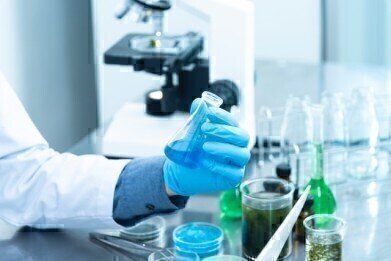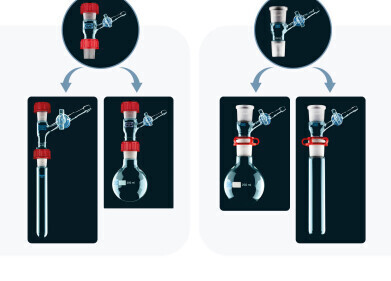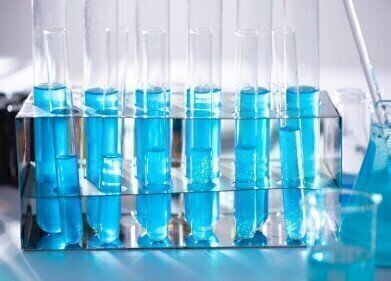Glassware
6 Best Practices for Laboratory Cleaning
Aug 09 2022
From research and development centres to clinical testing and analysis facilities, cleaning is critical in laboratories of all shapes and sizes. Best practice cleaning protocols ensure hygiene standards are maintained at all times. This not only improves the accuracy, reliability and repeatability of results but heightens safety for laboratory personnel, enhances workflow efficiency and extends the lifespan of sensitive equipment and instruments.
Below, we take a closer look at some of the most useful best practices for laboratory cleaning:
-
Maintain tidy workspaces
The first step to maintaining a clean laboratory is to keep workspaces tidy at all times. Laboratories can be fast paced and equipment-heavy work environments. This means clutter can quickly build up. Keeping workspaces tidy is one of the easiest ways to maintain a clean laboratory.
-
Establish specialised cleaning procedures
Laboratories can be highly specialised, particularly within the life sciences sector. Many laboratories rely on expensive and highly sensitive equipment and instruments, which means a one-size-fits-all approach to cleaning doesn’t always work. For example, the same cleaning procedures used for a glass microscope lens or mortar and pestle can’t necessarily be applied to organic chemistry beakers and other laboratory glassware. Establishing specialised cleaning procedures for different equipment helps lab personnel choose the right methods. This simultaneously extends the longevity of equipment and improves data.
-
Use deionised water
While water straight from the tap is considered clean and safe to drink, it’s not always suitable for laboratory cleaning purposes. For example, laboratory glassware should be rinsed with deionised water. This ensures the water is free from dissolved particles such as minerals, salts, carbon dioxide and other organic contaminants that can leave a residue on glassware.
-
Follow instructions carefully
Laboratory cleaning solutions often feature powerful chemicals and disinfectants. To optimise use it’s important to follow the instructions carefully. For example, many products offer information on minimum and maximum contact times. Removing a cleaning solution too soon could hinder its capacity to kill microorganisms. Similarly, leaving it too long could damage the surface or equipment.
-
Invest in high-performance cleaning and sterilisation solutions
In many laboratories, manual cleaning doesn’t cut it. Investing in high-performance cleaning solutions such as autoclaves offers total peace of mind when it comes to sterilising laboratory instruments and media. They’re widely used in medical labs, where surgical equipment, glassware and containers must be sparkling clean.
-
Be COVID conscious
The COVID-19 pandemic has underscored the importance of hand hygiene in the laboratory. Shared items such as micropipettes and measuring tools should be cleaned and sterilised after use to avoid the spread of harmful pathogens. The same goes for high-traffic surfaces like faucet handles, keyboards and instrument touchpads. Labs should also be well-equipped with sanitising stations to help personnel stay on top of hand hygiene.
Want to know more about best-in-class laboratory cleaning protocols? We answer all your questions in ‘Laboratory Hygiene - A Comprehensive Guide’.
Digital Edition
Lab Asia Dec 2025
December 2025
Chromatography Articles- Cutting-edge sample preparation tools help laboratories to stay ahead of the curveMass Spectrometry & Spectroscopy Articles- Unlocking the complexity of metabolomics: Pushi...
View all digital editions
Events
Jan 21 2026 Tokyo, Japan
Jan 28 2026 Tokyo, Japan
Jan 29 2026 New Delhi, India
Feb 07 2026 Boston, MA, USA
Asia Pharma Expo/Asia Lab Expo
Feb 12 2026 Dhaka, Bangladesh



















